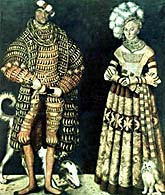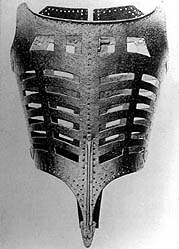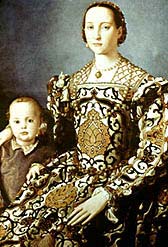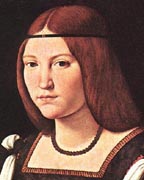B. Social
- Kings now ruled the various countries.
- Henry VIII of England, Francis I of France
- The power of the feudal nobility decreased as wealthy merchants and bankers became stronger.
| Motifs/Fabric/Silhouette | Costume for Men | Costume for Women | General Costume | Accessories |
A1. Time Period: approx. 1300 - 1600 A.D. |
|
|
A2. Location |
|
|
All
countries of Western Europe at that time. e.g. Italy, France, England,
Spain, Germany, Portugal, Netherlands, etc. |
|
B. Social |
|
|
|
|
|
|
C. Economic |
|
|
|
|
|
|
D. Commerce |
|
|
|
|
|
|
E. Religion |
|
|
|
|
|
|
F. Literature and Art |
|
|
|
3 important achievements contributed
to intellectual learning:
|
|
G. Intellectual |
|
|
|
|
Oxford
University Buildings
|
|
II Costume Overview
Overview |
|
|
|
A. Motifs |
|
|
|
|
|
|
B. Materials |
|
|
|
|
|
|
C. Silhouette |
|
|
|
D. Other Information |
|
|
|
|
|
|
A1. Costume for Men |
|
|
Doublet/Pourpoint |
|
|
Jacket/Jerkin
|
|
|
Peascod
Jacket
|
|
|
Vest
|
|
|
Wings
or Puffs
|
|
|
Shirt
|
|
|
Trunk
Hose
|
|
|
Pumpkin
Breeches
|
|
|
Canions
|
|
|
Venetions
|
 |
|
Codpiece
|
|
|
Schaube/Gown
|
|
|
Parti-Color
|
|
A2. Costume for Women |
|
|
Gown/Robe
|
|
|
Decolletage
|
|
|
Chemise/Guimpe
|
|
|
Gorgias
|
|
|
Corset/Busc
|
 |
|
Stomacher
|
|
|
Petticoats
|
|
|
Farthingale
|
|
|
Bum
Roll
|
|
|
Safeguard
|
|
B. General |
|
|
Wings or Puffs |
|
|
Ruff
|
|
|
Slashing
|
|
|
Bombast
|
|
|
Spanish
Blackwork
|
 |
Process of Dressing |
|
|
|
|
|
|
|
|
|
|
|
|
|
|
|
|
C. Accessories |
|
|
Beret |
|
|
Cornet/Cap
|
Lady Margaret Wyatt by Hans Holbein |
|
Lappets
|
|
|
Fall
|
|
|
Gable
Hood
|
|
|
Mary
Stuart Cap
|
|
|
La
Ferroniere
|
 |
|
Conch
|
|
|
Escarelle
|
|
|
Gauntlet/Glove
|
|
E. Footwear |
|
|
|
|
E. Henry's Wives |
|
|
Ann
Boelyn |
|
|
|
|
IV What Am I?
Current and not so current fashion |
|
|
|
|
|
|
|